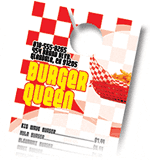Glossary
Aqueous Coating (AQ):
It is used to protect and enhance the printed piece. Aqueous coating is applied to all 100lb gloss book and 100lb gloss cover.
Artwork Direction
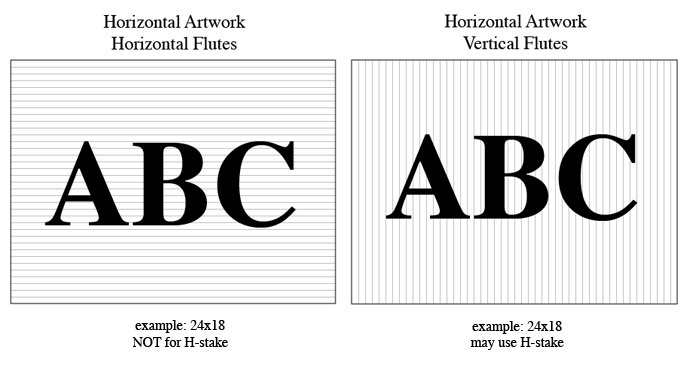
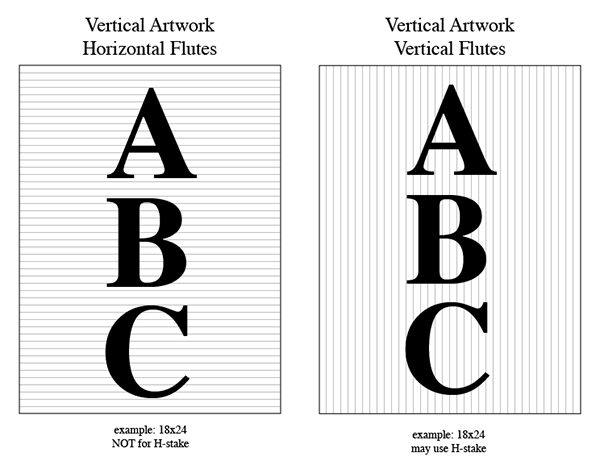
Backing:
Locking-Pin
Our Traditional Locking-Pin Buttons are printed at near photo quality and have a durable metal locking-pin backer.
Available Sizes:
Round - 1x1, 1.25x1.25, 2.25x2.25, 3x3, 3.5x3.5
Rectangle - 2.5x3.5, 2x3
Square - 2x2
Diamond - 2x2

Magnet
Our Magnet Buttons are printed at near photo quality and have a magnetic backer.
Available Sizes:
Round - 1x1, 1.25x1.25, 2.25x2.25, 3x3
Square - 2x2
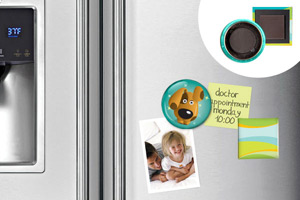
Barcode:
A series of vertical bars and spaces representing any numerical series, most often a correct ZIP Code for the delivery address on a mailpiece. The barcode facilitates automated processing by barcode readers and scanners. A barcode can also convey information for Delivery Confirmation and Signature Confirmation services. Barcodes that may be used for postal processing are POSTNET and UCC/EAN Code 128.
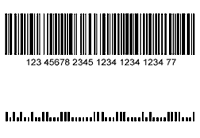
Batch:
We have two different batch sizes, 28" x 20" or 40" x 28". Jobs with the same type and quantity are collected in the same batch. For example, all business cards and postcards 4/1 1k are collected and printed on the same batch.
Bindery:
The finishing department performs operations on the printed product after it has been printed. The bindery operations are as follows: Folding, Binding, Stitching, Scoring, Perforation, Die Cutting, and envelope Converting (currently done in-house).
Binding:
Binding is a different method used to secure loose pages in a book. Saddle stitch is an example of binding.

Bleed:
Bleed must extend past the cut line and be trimmed from the product during the final cutting phase. When the image is required to extend all the way to the edge, bleed is needed to preserve the finished look and the quality of the final product.
Please keep all text at least 0.125" inside the cut-line.
- The bleed for Standard Products is 0.125".
- The bleed for Booklets and Presentation Folders is 0.25".
- The bleed for large format is 0.5".
We recommend using our templates at all times.
Booklets:
Booklets range from 8 to 52 pages, are printed on durable 100lb Book stock, and are assembled in-house.
Borders:
An outline around graphics, text or edge of a sheet. We do NOT recommend adding borders to your artwork because the blade shifts off-centered.
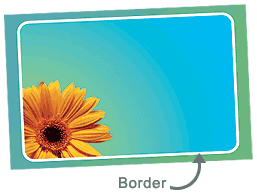
Bumper Stickers
Perfect for outdoor use, our 215 Prints Bumper Stickers are printed on 4-mil premium white flexible vinyl film and coated with acrylic adhesive that's laminated to a 90# layflat liner. The film is designed to accept a variety of solvent-based and curable inks. The liner offers excellent product layflat, adhering easily to most bumpers and enabling them to withstand a variety of environmental conditions. So go ahead and hit the streets with your brand, full speed ahead!![]()
C1S paper:
Paper coated one side. Not to be confused with UV and aqueous coatings or laminates, the terms C1S and C2S refer to paper coated at the manufacturing stage before printing. Coated paper has a smoother printing surface and lower ink absorption than uncoated paper. C1S is available for catalog covers.![]()
C2S paper:
Paper coated on two sides. Not to be confused with UV and aqueous coatings or laminates, the terms C1S and C2S refer to paper coated at the manufacturing stage before printing. Coated paper has a smoother printing surface and lower ink absorption than uncoated paper.
Card Stock:
Also called cover stock. Most heavyweight papers are called card stock. The thickness of card stock is indicated with point sizes such as 14pt, 16pt. Some people also refer to 100lb gloss cover as a card stock.
CMYK:
The primary colors used in 4-color printing. CMYK are used to reproduce full color on the printed sheet. CMYK also called PROCESS COLOR
C: Cyan (Blue)
M: Magenta (Red)
Y: Yellow
K: Key (Black)

Coating:
The mixture of clay materials that are applied to paper to improve the smoothness of the paper's surface and improve ink holdout during the printing process. Examples are Aqueous coating (AQ) and UV coating. UV coating adds a gloss finish to the product and also improves the vibrancy of the printed colors. Spot-UV can be applied to selected portions of the piece, while keeping the rest a matte finish.
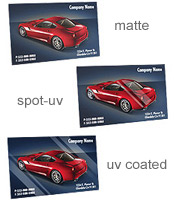
Coding Accuracy Support System (CASS):
A service offered to mailers, service bureaus, and software vendors that improves the accuracy of matching to delivery point codes, ZIP+4 codes, 5-digit Zip Codes, and carrier route codes on mail piece. CASS provides a common platform to measure the quality of address matching software and to diagnose and correct software problems.
Color Types
0:4 (0 over 4) - 1 sided
full color on back envelope flap
4:4 (4 over 4) - 2 sided
full color on front and on back
4:1 (4 over 1) - 2 sided
full color on front, black on back
4:0 (4 over 0) - 1 sided
full color on front
5:0 (5 over 0) - 1 sided
full color on front
5:1 (5 over 1) - 2 sided
full color on front, black on back
4:5 (4 over 5) - 2 sided
full color on front and full color on back
5:4 (5 over 4) - 2 sided
full color on front and full color on back
5:5 (5 over 5) - 2 sided
full color on front and on back
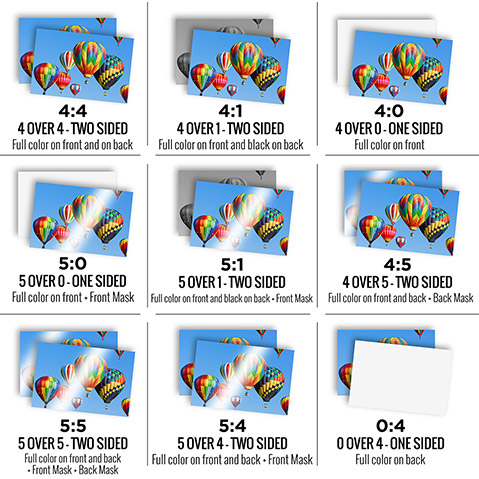
Color Proof / Epson Proof / Match Print:
An image, created by using color inks. Showing what the final printed product will look like. Color proofs within 215 Prints are called Epson proofs and are an 80%-85% match with the final product due to being printed as a digital print and not offset.
Consecutive Numbering:
Numbering a form, or a series of printed material where the number changes sequentially from one to another. Example, if the first one has number 201, the second will get 202, the third would be 203 and so on. Here at 215 Prints we do not offer that service.
Crop Marks (Guide Marks):
Lines printed in the margin of sheet that indicates to the cutter and bindery where the finished product should be trimmed. They are also used to show what part of a photo should be used and what part should be cropped off.
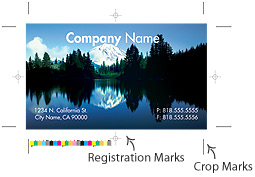
Die Cutting:
A specific shape like circle, star, etc (any designs that cannot be done by a straight cut) which is cut by a metal blade. Door hangers are a popular product which requires die cutting. We can accomodate shape sizes 13" x 10" and smaller, larger sizes must be sent out to other binderies.
